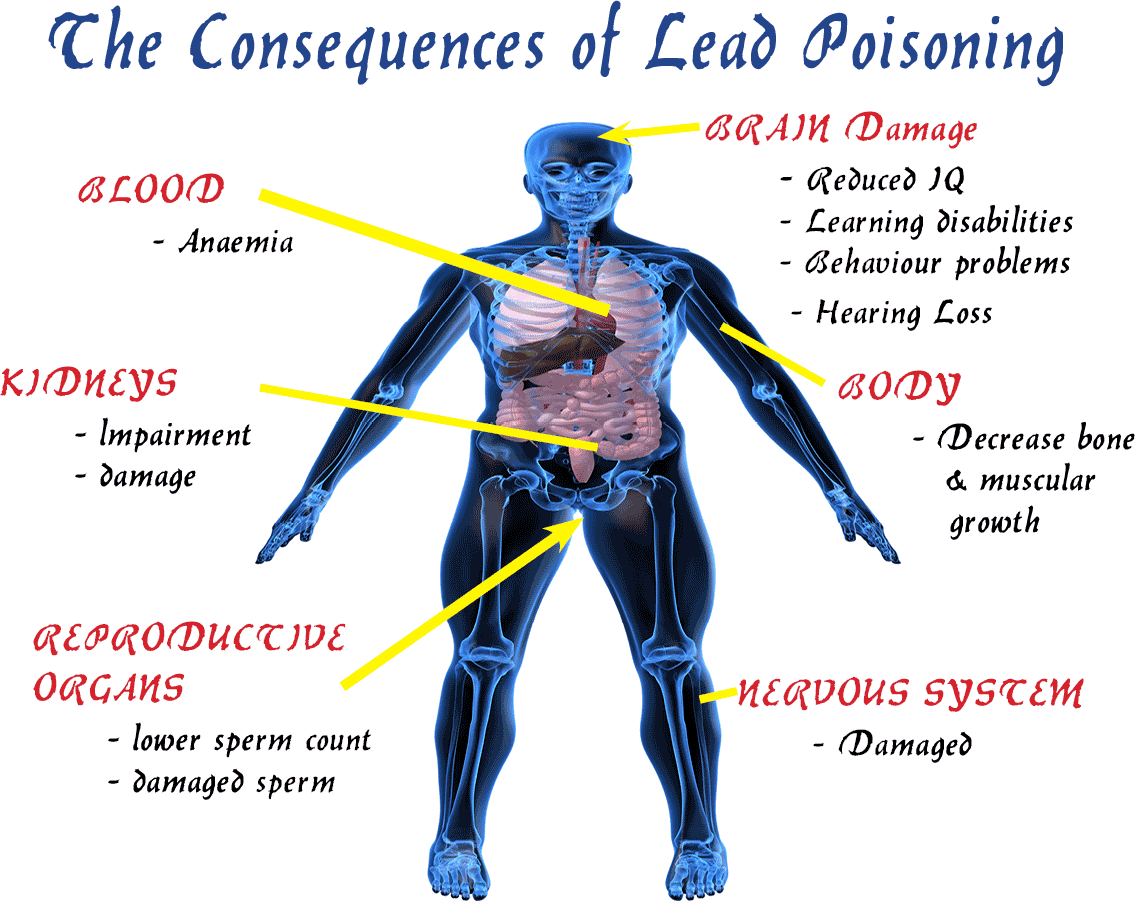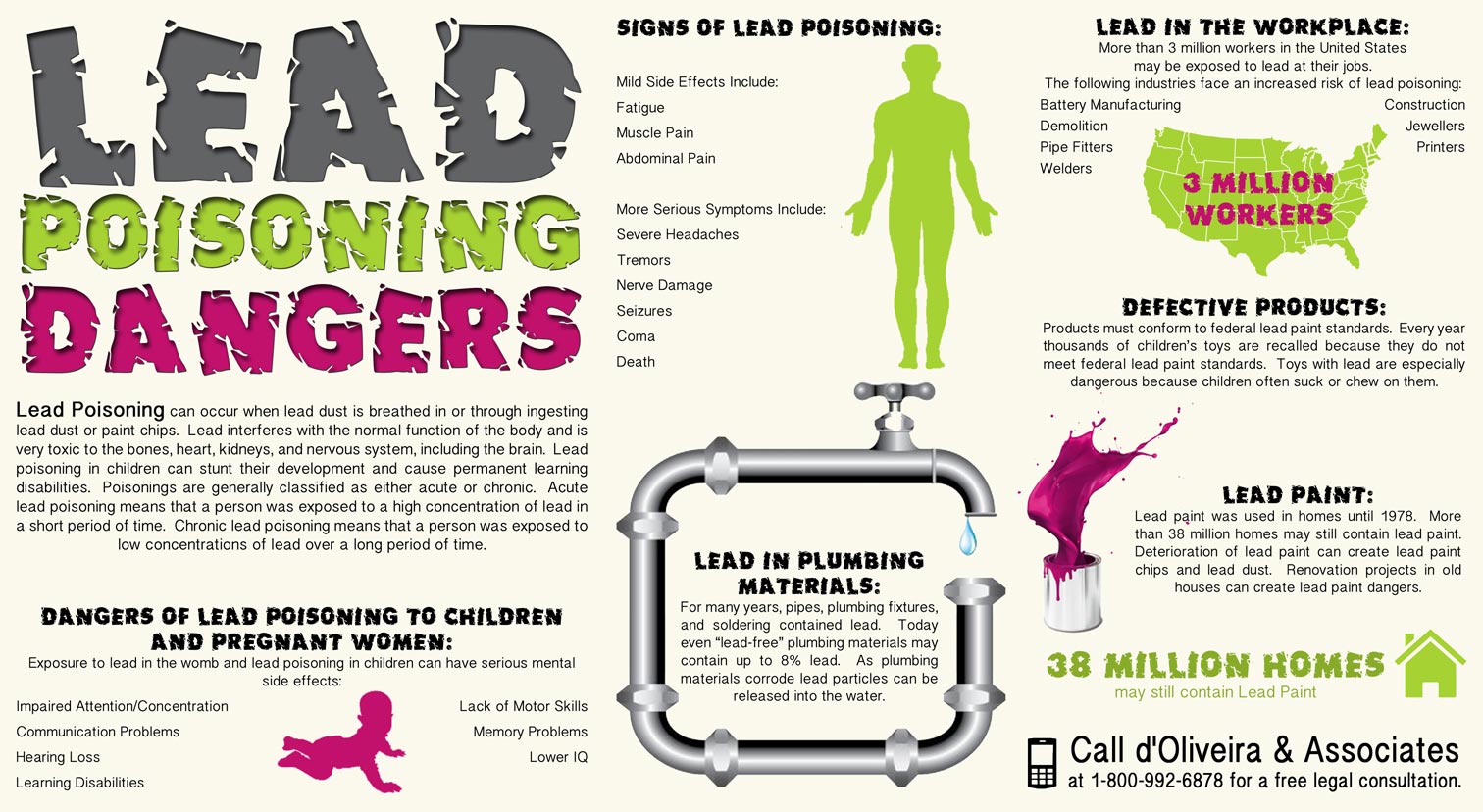Glory Info About How To Detect Lead Poisoning

The symptoms of lead poisoning may resemble other medical conditions or problems.
How to detect lead poisoning. There is no level of exposure to lead that is known to be without harmful effects. Lead is a poison, and there is no safe level of lead exposure for anyone. Is there any safe level of lead for a child?
If lead concentrations are high, treatment may involve the use of chelating drugs that bind to lead so that it can be eliminated from the body. Lead poisoning can be diagnosed with blood and imaging tests. What are the risk factors for childhood lead exposure?
Oftentimes, recognition of lead exposure doesn’t occur until the initial reporting of high blood lead levels (blls) by primary care providers. How do you find out if a child has been exposed to lead? The toxic effects of lead are primarily biochemical, but rapidly expanding chemical research databases indicate that lead has adverse effects on multiple organ systems especially in infants and children.
Lead can also be found in newer homes if your water service lines. Lead poisoning usually is detected by measuring the level in blood. Muscle weakness and joint pain.
At very high levels, lead poisoning can be fatal. Lead can enter your body through breathing in or swallowing materials contaminated with lead, such as old paint or petrol. Contents overview symptoms and causes diagnosis and tests management and treatment prevention.
A health care provider will test your child's blood for lead. You cannot smell or taste lead, and it’s not visible to the naked eye. Because the symptoms of lead poisoning do not appear instantly, even after having been exposed to lead, it is not easy to diagnose.
Children younger than 6 years are especially vulnerable to lead poisoning, which can severely affect mental and physical development. Sometimes, brass or copper plumbing fixtures or pipes are welded with lead. No lead levels have been found to be safe in kids, and even small amounts have been linked to behavioral.
There is no safe blood level of lead. A simple blood test can detect lead poisoning. The purpose of this chapter is to discuss analytic methods to assess exposure to lead in sensitive populations.
Human exposure is usually assessed through the measurement of lead in blood. Lead poisoning can also be evaluated by measuring erythrocyte. This article explains how lead poisoning is treated, including the home remedies, vitamins, prescription drugs, and surgeries that may be used.
Overview lead poisoning occurs when lead builds up in the body, often over months or years. However, a level of 5 micrograms per deciliter (mcg/dl) is used to indicate a possibly unsafe level for children. Lead toxicity is primarily diagnosed using a formal lab test in a clinical setting, but.






:max_bytes(150000):strip_icc()/lead-poisoning-symptoms-5ad4e3f131283400363be1dd.png)



:max_bytes(150000):strip_icc()/understanding-lead-poisoning-4135957_final-dc54450fd2734bca8781159ccd0148c4.png)







